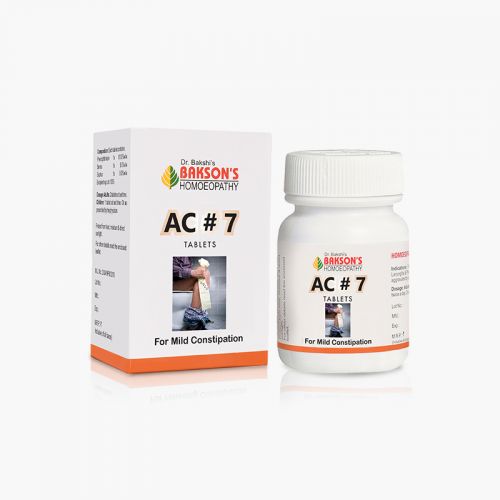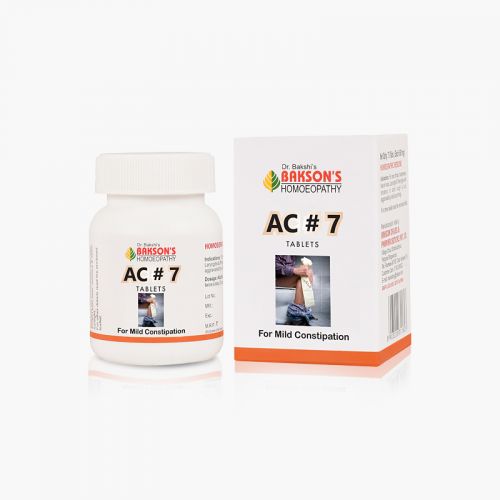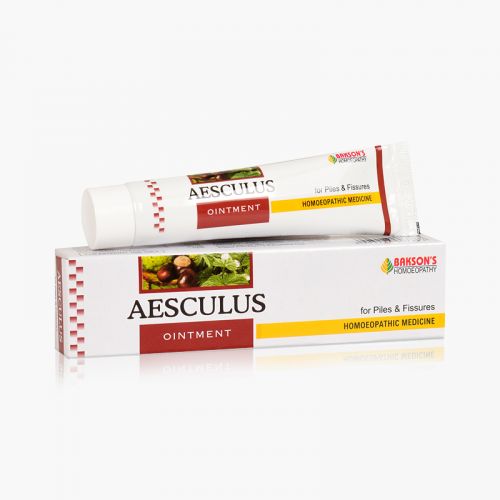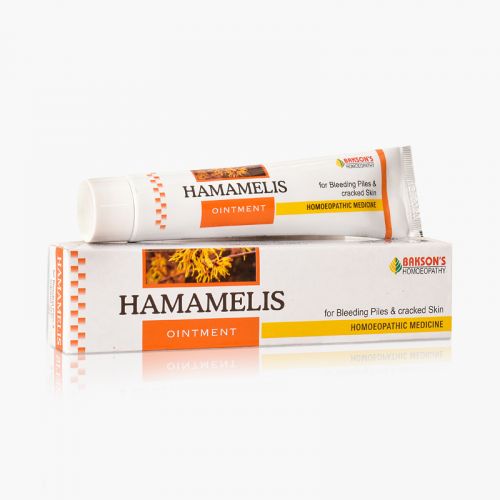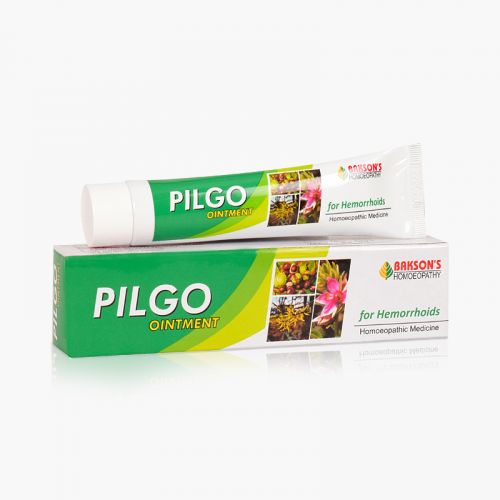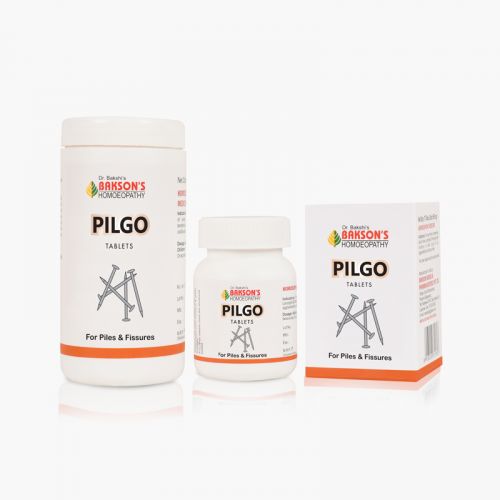We use cookies to make your experience better. To comply with the new e-Privacy directive, we need to ask for your consent to set the cookies. Learn more.
What is Rectal Abscess?
The presentation of anorectal abscess may vary on the spectrum of complexity based on the location and involvement of surrounding tissue. It is typically caused by the inflammation of the subcutaneous tissue usually from an obstructed crypt gland. A perirectal abscess may be further divided according to anatomical location as ischiorectal abscess, intersphincteric abscess and supralevator abscess.
The incidence is 16.1-20.2 per 100,000 per year, and the rate of subsequent fistula formation following an abscess is 15.5%. The condition is seen most commonly in summer and spring months. Men are affected more than women.
Aetiology
Crypt's glands are located at the dentate line. Debris overlying these glands are often the infiltrative means by which the bacteria may gain access to the underlying tissue and cause infection. The causative bacteria include Escherichia Coli, Staphylococcus aureus, Streptococcus, Enterococcus, Proteus, etc. Certain cases are associated with Crohnעs disease, trauma, radiation and malignancy. The location of anorectal abscess can be-
- Perianal- most common (60%)
- Ischiorectal (20%)
- Supralevator and intersphincteric (5%)
- Submucosal (less than 1%)
Sign and symptoms
The most common presentation is acute pain in the perianal and perirectal region that is dull or aching in nature and aggravated on defecation, movement, sitting or coughing. In case of supralevator abscesses, lower back pain or a dull aching pain in the pelvic region may also be experienced.
On examination, erythema of the surrounding skin, induration, fluctuance, tenderness on palpation of the rectum and deep structures may be found. Malaise, fever, rectal drainage and possible urinary retention may also be found in the patient history. Constipation and tenesmus may be present.
Diagnosis
A digital rectal examination may help in the diagnosis but it might not be possible without anaesthesia. Laboratory abnormalities may include elevated white blood cell count, increased neutrophils, the presence of bands, and elevated lactate levels. Imaging techniques like endoanal ultrasound, transperineal sonography, CT scan and MRI are useful to confirm diagnosis.
General management
Pharmacological intervention is recommended for symptomatic relief.
Warning: Above information provided is an overview of the disease, we strongly recommend a doctor's consultation to prevent further advancement of disease and/or development of complications.
Disclaimer: The information provided herein on request, is not to be taken as a replacement for medical advice or diagnosis or treatment of any medical condition. DO NOT SELF MEDICATE. PLEASE CONSULT YOUR PHYSICIAN FOR PROPER DIAGNOSIS AND PRESCRIPTION.
-
- AC #7 TABLETS-40TABS₹ 100.00
- AC #7 TABLETS-75TABSSpecial Price ₹ 172.00 Regular Price ₹ 215.00
- ACIDUM FLUORICUM 30₹ 100.00
- AESCULUS OINTMENT - 25 GM₹ 75.00
- HAMAMELIS OINTMENT- 25 GM₹ 75.00
- PAEONIA OFFICINALIS 30₹ 100.00
- PILGO OINTMENT - 25GM₹ 75.00
-





